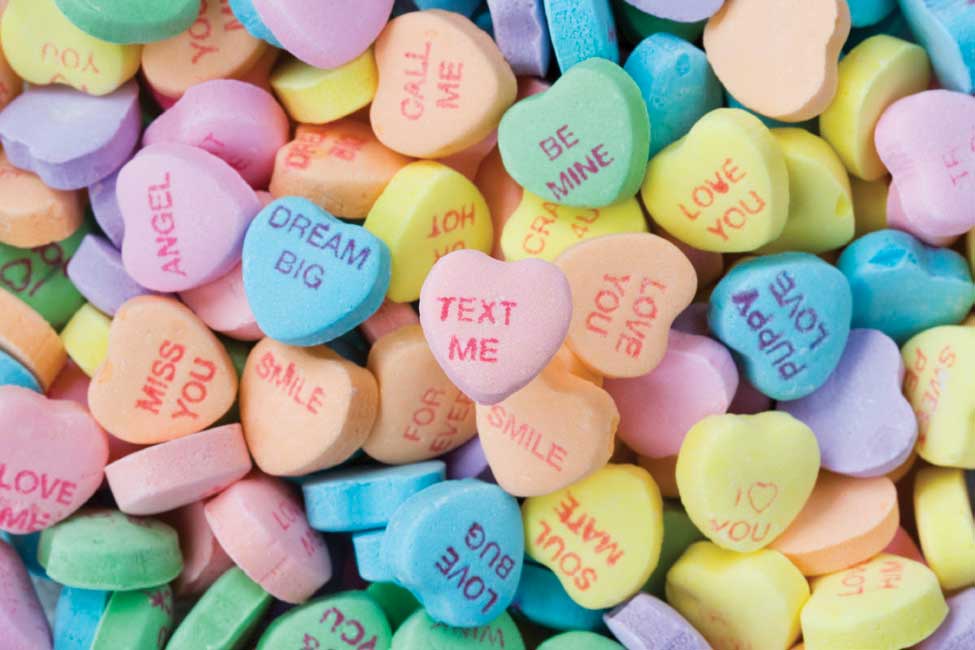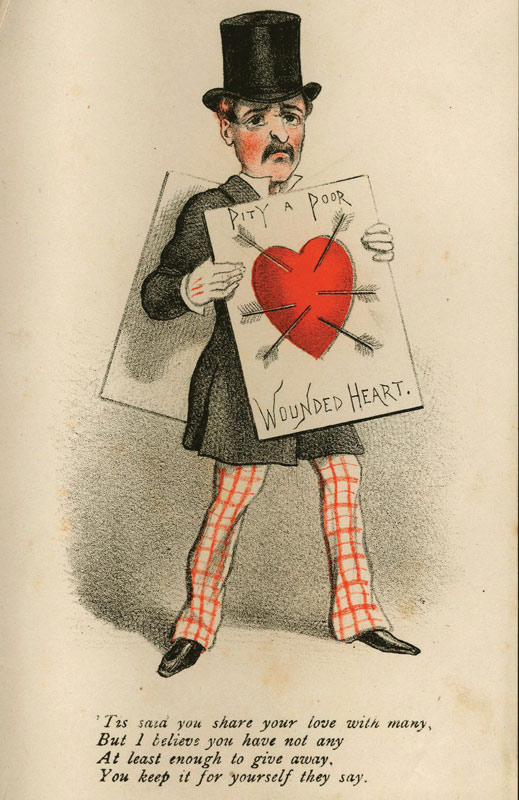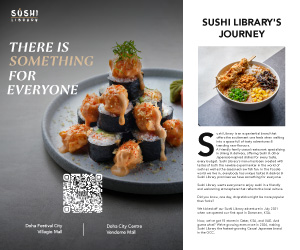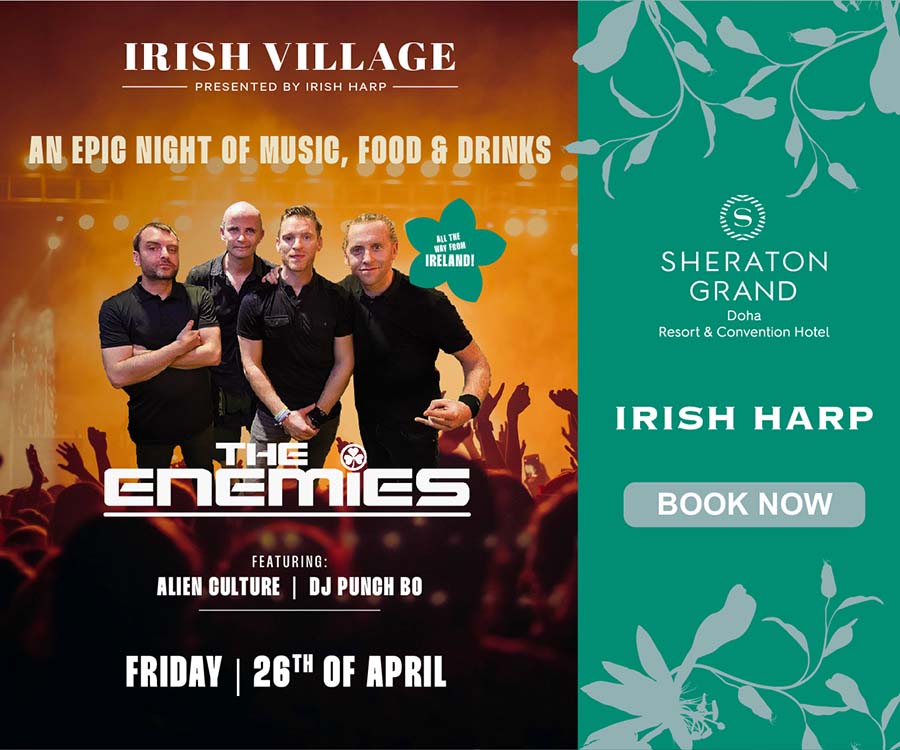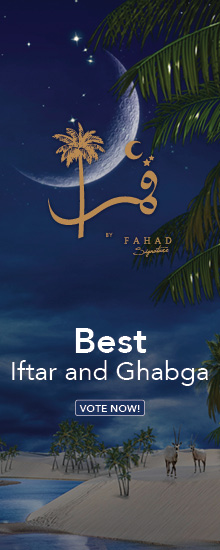VALENTINE’S THE GOOD, THE BAD AND THE HUNGRY!
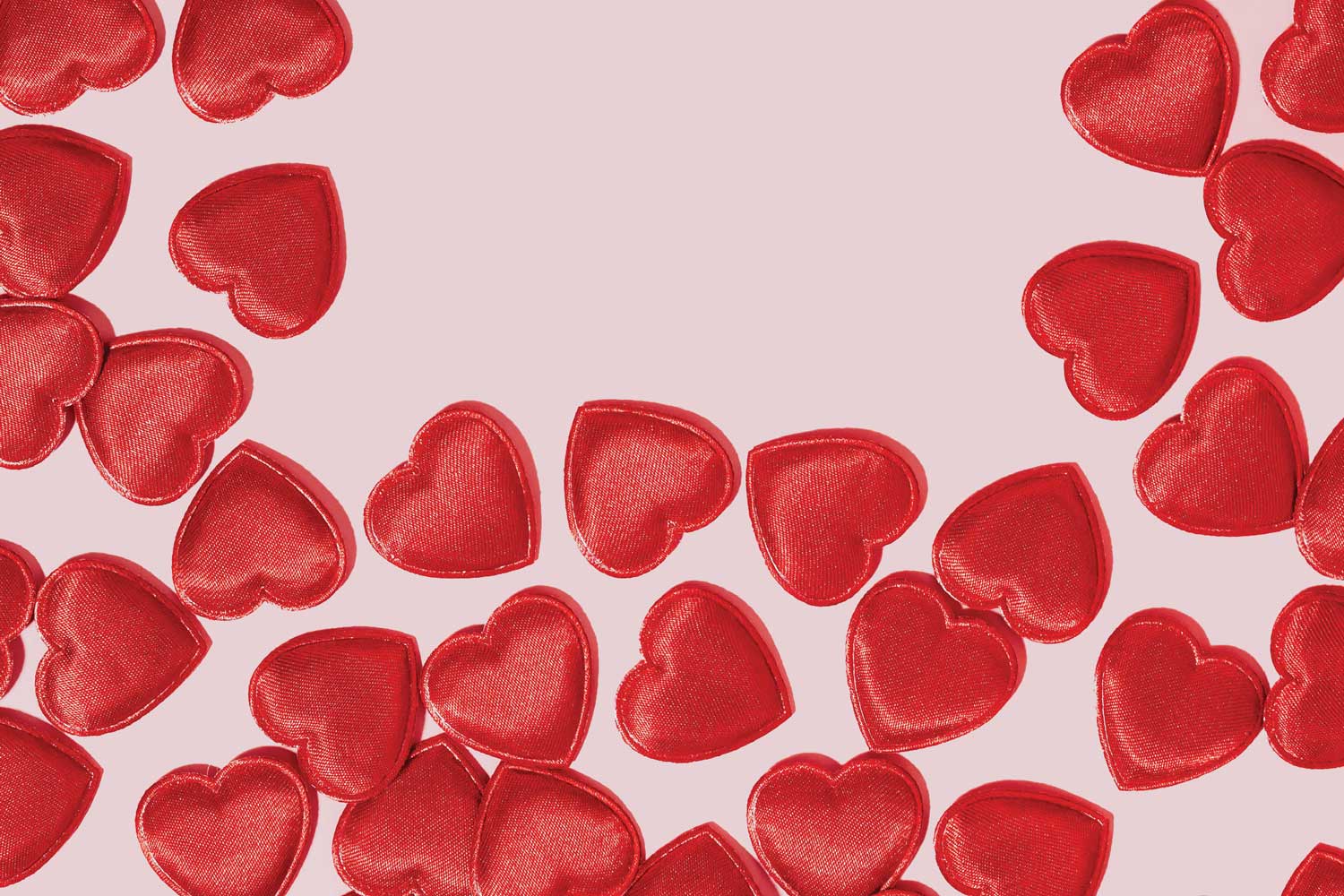
It’s that time of year again when thoughts turn to love, or at least a little bit of fine romance. In search of something other than gifts – yep, flowers for her, after shave for him, dull as – we decided to do a little digging on Valentine’s facts, from funny to downright foul, to give you a thought-provoking read while you’re getting ready for the big day on February 14. Don’t worry though, we’ve also got all the best dining ideas for romantic nights out sure to get you in the mood for love.
THE GOOD
CHOCOLOVE
Cacao originated from Mesoamerica, with records of the beans being used to flavour food and drink dating back to as early as 2000 B.C. Come the Mayans and Aztecs, the bean was used for ritual offerings, especially linked with fertility and love. The Aztecs famously considered the food more valuable than gold. Flavoured with spices and honey, the drink was offered by Aztec tribes at chief ceremonies, including the moment a suitor would come to ask a woman’s hand from his would-be father-in-law. The fearsome Aztec ruler Montezuma II is said to have used the drink as an aphrodisiac, drinking three gallons a day to increase his ability to “please the ladies”.
FOOD OF LOVE
Everyone’s heard that oysters are, supposedly, the food of love. Oysters and their link to lust go back to the Ancient Greeks, with the image of Aphrodite, the Greek goddess of love, rising from the sea standing on a half-shell. Oysters have also been linked to love through science. Extremely rich in zinc, oysters provide this essential ingredient for testosterone production, not to mention dopamine production, increasing pleasure and satisfaction.
THE FIRST VALENTINE’S CARD
Charles, the Duke of Orleans, was the first to pen the word ‘Valentine’ in reference to a loved one. The French duke wrote a poem to his wife while imprisoned in the Tower of London after being captured by the Burgundians in 1415 at the age of 21. He wrote: “My very gentle Valentine, Since for me you were born too soon… My very gentle Valentine.” Charles was never able to see his wife again, being imprisoned for 25 years, far exceeding her death somewhere between 1430 to 1435.
SWEET AS CANDY
Necco, the 1901-born American company that produced its famous Sweethearts candy – chalky hearts with sweet little messages on them such as ‘Be Mine’ and ‘Love You’ – every year for Valentine’s Day, declared bankruptcy back in 2018 and there were no love hearts! The company sold the brand to Spangler Candy Company which then acquired the rights to Sweethearts and returned them to the shelves in 2020 but, due to equipment errors, most hearts turned out blank, and some had wonky printed messages on them. Luckily, Spangler got on the job to make sure they made the ultimate comeback in 2021.
A UNIQUE TRADITION
Valentines’s Day is supposedly the most common wedding anniversary in the Philippines. This tradition goes back to 2004, when 5,122 couples gathered on the Manila waterfront on the eve of Valentine’s to lock lips when the clock struck 12, setting a new world record. Even the city’s mayor at the time, Lito Atienza, attended with his wife, saying: “Let’s take a break from the troubles we have been having, from our work, from political bickerings. After all, it’s Valentine’s Day.” Ever since, mass Valentine’s Day weddings have become increasingly popular, with hundreds of husbands and wives-to-be coming together to say “I do”.
SEEING RED
According to a study by the University of Rochester, the colour red has a direct psychological link to desire and attraction. The lead author of the paper, Andrew Elliot, found that men dressed in red or who had a red background were seen as more attractive by female participants. He concluded that the colour was linked to feelings of dominance and confidence and was an ingrained biological perception.
LOVE LETTERS
Every year, thousands of lovesick romantics post letters to Verona, Italy to ‘Juliet’, derived from the classic Shakespearean tragedy, Romeo and Juliet. The letters are answered by a team of volunteers from the Juliet Club. Each Valentine’s Day the club awards the Cara Giulietta prize to the most touching letter members receive.
TOKENS OF AFFECTION
The ribbon’s attachment to love goes back to the Middle Ages. A time of ongoing warfare, this period saw knights frequently going into battle wearing a token given to them by their sweethearts. This token was usually a lace handkerchief or a ribbon from her hair for luck and protection, as well as a reminder of their love. From then on, lace and ribbons have been seen as common objects of love and desire, especially on Valentine’s Day.
THE BAD
VINEGAR VALENTINE’S
These cheeky postcards include mean-spirited messages from rejected lovers insulting the receiver’s looks, intelligence or occupation, with rather garish cartoons attached, including of ‘Dudes’ and ‘Floozies’. First produced in the United States in the 1840s, they reportedly boosted readership in the lower classes, costing only a penny.
OFF WITH HIS HEAD
On February 14, 270 A.D., St. Valentine, a respected Roman priest, was executed following his rebellion against the banning of marriages in Rome. This was in response to the then-ruler Claudius the Cruel, who forbade couples from getting engaged or married due to his belief that men were too attached to their sweethearts and wives to join his military leagues. Defying this decree, St Valentine decided to perform marriages for young lovers in secret. He unfortunately got found out and was sentenced to a beheading, which was performed on the now romantic holiday.
THE FOOD OF LOVE…NOT!
Ever wanted to watch your ex get eaten? Last year, the San Antonio Zoo in Texas, US, encouraged the broken-hearted to name a cockroach after their ex and watch it get eaten by a mammal, bird or reptile. If someone was particularly bitter about their former significant other, they could opt to choose a frozen rat instead, for an extra fee. The event was streamed live, allowing folks to watch their ex-turned-pest get gobbled up from the comfort of their homes.
PAINT IT BLACK
An unofficial holiday in South Korea, April 14 sees singletons across the country gathering to eat black food. Following Valentine’s on February 14 and White Day on March 14, both associated with celebrations of love and romance, this dark day became popular as more and more people decided singles deserve a celebration, too. The annual event sees singles wearing black and eating black-coloured foods, especially jajangmyeon, a black bean noodle dish, as they complain about their lack of intimate relationships.
PRICKLY PARTNERS
Porcupines have one of the most unusual attraction practices (to say the least). The Male North American porcupine first performs an elaborate dance to let their selected female know they want to get together. Eventually, they douse the female with their urine. The female, who is fertile just once a year for a period of eight to 12 hours, then decides whether or not to be receptive. If she is not, she will scream at him, shaking the urine off and running away!
DEADLY VALENTINE’S
The Valentine’s Day Massacre caused waves of shock on February 14, 1929, when Chicago’s North Side experience the height of violence due to gang rivalry. Chief gangster Al Capone was the face of the warfare, as he sought control through an elimination of his enemies in illegal activities, including those of bootlegging and gambling. On the fatal day of February 14, seven men associated with the Irish gangster and Capone’s longtime enemy George ‘Bugs’ Moran were brutally murdered by men dressed as policemen. Though it remains a mystery, Al Capone is generally considered responsible for the bloody event.
AND THE BRIDE WORE…
Probably one of the weirdest wedding traditions is Scotland’s ‘Blackening the Bride’ custom. Performed in the days or weeks prior to the special day, the bride and groom are ‘captured’ by their families and friends, covered with an assortment of disgusting foods, including rotten eggs, fish and treacle, and additionally garnished with flour and feathers. They are then driven in the back of a truck and paraded around town, accompanied by the banging of pots and pans.
WAILING BEFORE WEDDING
Despite appearances, weddings are a happy event for the tribe of Tujia in China. Nevertheless, brides are expected to cry for an hour a day every day for a month before their wedding night. Joined by female relatives as the days go by, this ritual signals the welcoming of a good marriage.








